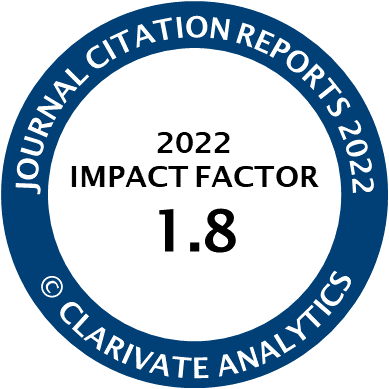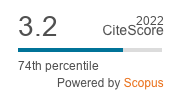Editorial | Open Access
Henri Lefebvre, Planning’s Friend or Implacable Critic?
| Views: | 3446 | | | Downloads: | 2671 |
Abstract: This is the first issue of an academic journal, of which I am aware, to focus on Henri Lefebvre and urban planning. Urban spatial planning evolved as a concept to integrate the complex social, economic, environmental, political and land use conundrums of late 20th century society. Similarly, the spatial ideas of Henri Lefebvre encompass these issues but stress the importance of everyday life, production, culture and history. This thematic issue of Urban Planning is predicated principally on three of Lefebvre’s major works: The Production of Space (Lefebvre, 1974/1991), Critique of Everyday Life (Lefebvre, 1947/1991) and The Urban Revolution (Lefebvre, 1970/2003). Lefebvre’s ideas regarding the investigation of cities and urban society have been taken up most vigorously in the fields of geography, urban studies and latterly architecture. Despite this, it is clear that Lefebvre’s five central concepts—the production of space, abstract space, everyday life, the right to the city and planetary urbanisation—provide powerful tools for the examination of urban planning, cities and urban society in the Global North and South. Anglophone urban planning first embraced Lefebvre’s ideas in the 1980s. Surprisingly then, it is only in the last ten years or so that urban planning academia and research has witnessed a blossoming of interest in Lefebvre’s ideas.
Keywords: everyday life; Henri Lefebvre; modern planning; production of space; spatial triad; urban planning; urban space
Published:
© Michael E. Leary-Owhin. This is an open access article distributed under the terms of the Creative Commons Attribution 4.0 license (http://creativecommons.org/licenses/by/4.0), which permits any use, distribution, and reproduction of the work without further permission provided the original author(s) and source are credited.




